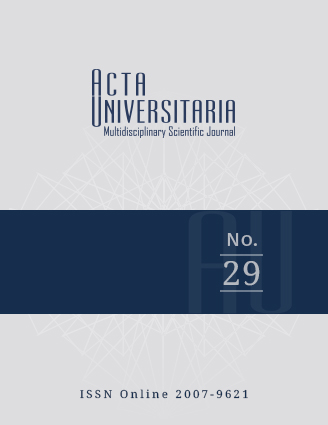Socioeconomic characterization of the family production unit and the importance of the cultivation of chia (Salvia hispanica L.) in the municipalities of Atzitzihuacán and Tochimilco, Puebla, Mexico
Published 2019-11-13
How to Cite
Abstract
The socioeconomic characterization of the family production units was carried out and the importance of the cultivation of chia (Salvia hispanica L.) was determined in the municipalities of Atzitzihuacán and Tochimilco, Puebla, Mexico. A survey was applied to 101 chia producers during the P-V 2013 agricultural cycle and the information was organized into strata based on the FAO methodology: Family Subsistence Farming (AFS), Family Farming with Market Linkage (AFVM), and Family Agriculture in Transition (AFT). The results show that the AFT generated a higher net income, $19 686.42, and obtained the highest cost benefit ratio, 3.32, in relation to the other strata. Chia contributed to the family income $42 673.46 (on average two thirds of the total). It is concluded that the chia brought more income to the families in relation to other crops, and the stratum of AFVM showed a higher yield, 575 kg, and better R B/C, 5.86.


